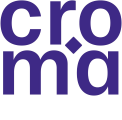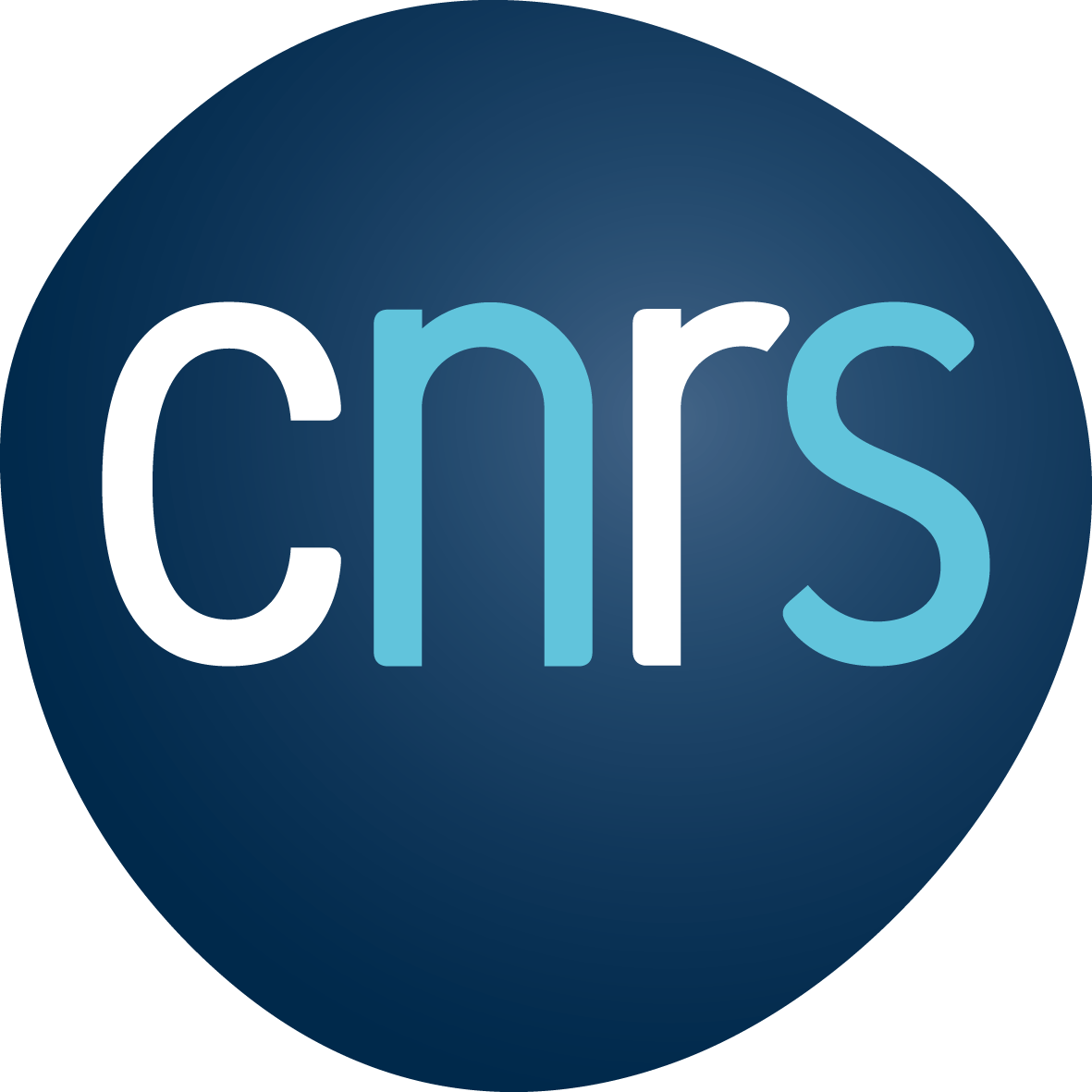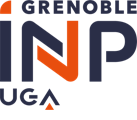Our sites
eServices
- Grenoble-Savoie Directory
- Maps & Directions
- CROMA Grenoble
- CROMA Chambéry
 Connexion
Connexion
 Connexion
Connexion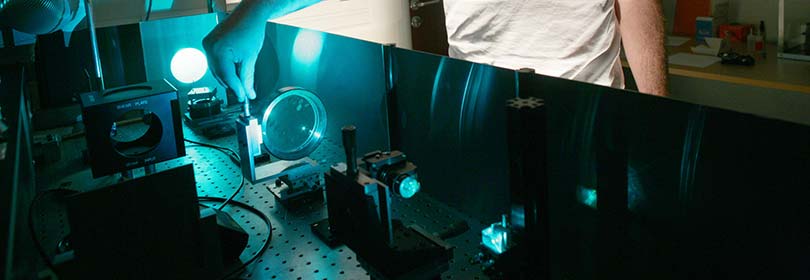

 > Research > PHOTO > Optical sensors
> Research > PHOTO > Optical sensors
CROMA possesses an integrated glass optics platform historically linked to the development of components for near-infrared telecommunications. On this platform active (optical amplification, DFB lasers, etc.) and passive (duplexers, phasars, interferometers, etc.) functions are developed for the field of optical telecommunications and sensors. We have an expertise in micro-fluidics on glass, which allows us to produce fully integrated opto-fluidic components. Finally, a set of simulation tools developed in the laboratory allows us to model our fabrication processes and simulate the electromagnetic behaviour of the devices manufactured using the AFMM (2D and 3D), RCWA (2D and 3D) and Differential Method with FFF (2D) methods.
Here are some examples of research currently being carried out within this axis:


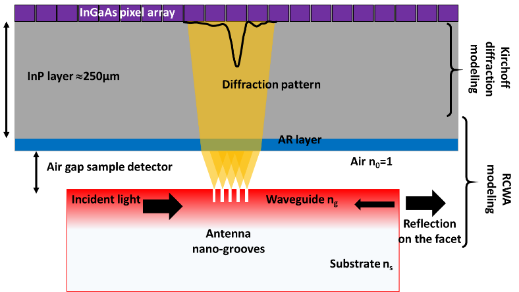
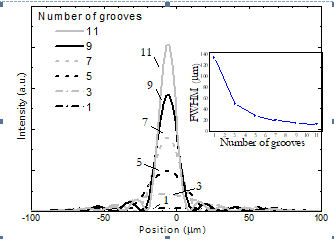
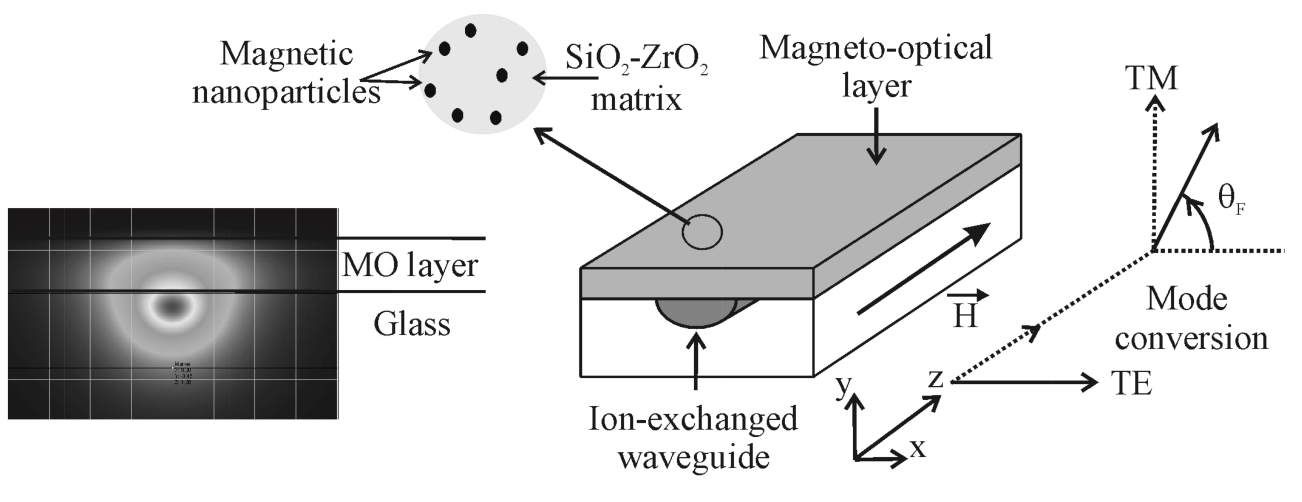
Date of update January 11, 2024
